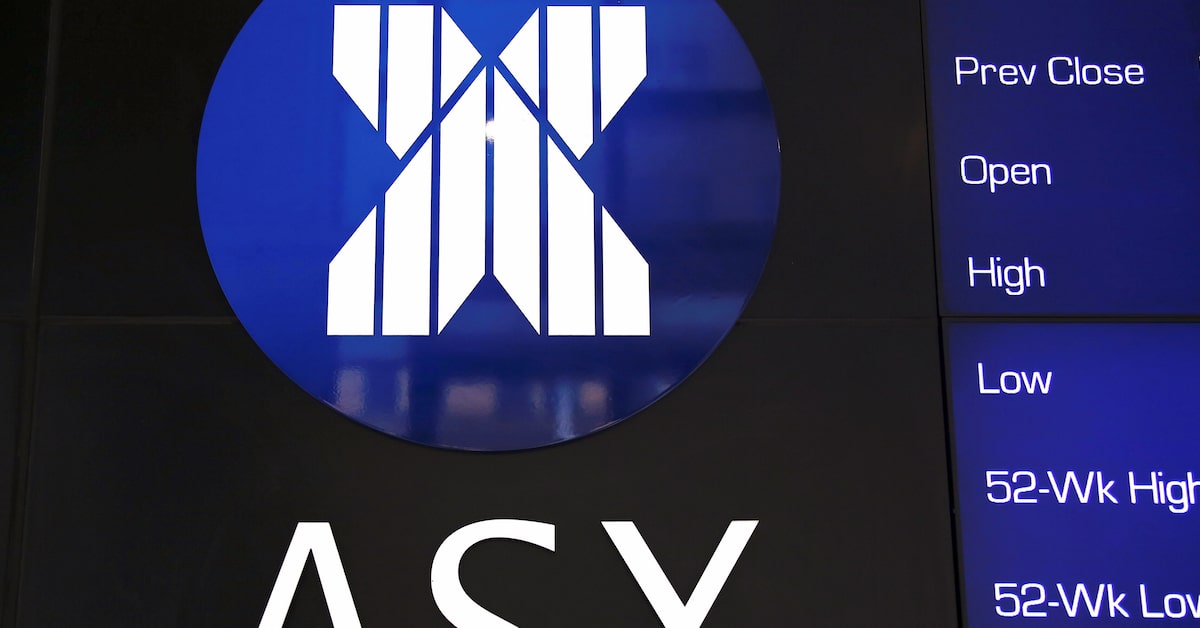Now isn’t that a familiar name…
Australian stock exchange operator ASX said it had hired Tata Consultancy Services (TCS) to overhaul its clearing and settlement software, opting for a route that will take less customisation after ditching a much-criticised blockchain-based effort.

www.reuters.com
Australian stock exchange picks India's TCS to rebuild software after earlier flop
By
Byron Kaye and
Himanshi Akhand
November 20, 20237:34 AM GMT+1Updated 18 min ago
[1/2]A board displaying stock prices is adorned with the Australian Securities Exchange (ASX) logo in central Sydney, Australia, February 13, 2018. Picture taken February 13, 2018. REUTERS/David Gray/File Photo Acquire Licensing Rights
Nov 20 (Reuters) - Australian stock exchange operator ASX
(ASX.AX) said it had hired Tata Consultancy Services (TCS)
(TCS.NS) to overhaul its clearing and settlement software, opting for a route that will take less customisation after ditching a
much-criticised blockchain-based effort.
The choice is a major departure from its decision in 2017, announced with much fanfare, to be at the vanguard of adopting blockchain-like technology for use in critical financial architecture, an attempt that resulted in repeated delays before it was shelved last year.
It also represents a more cautious approach: ASX will switch to the new software in stages, rather than the "big bang" changeover that its users considered risky. That will, however, take time, with the overhaul now expected to finish in 2029, some 13 years after it began.
India-listed TCS's software is used by exchanges around the world including in Finland and Canada for functions it would be expected to perform for ASX's Clearing House Electronic Subregister System, or CHESS, the Australian exchange said on Monday.
The failure also resulted in a A$176.3 million writedown and had shaken market participants' trust in ASX, the world's 17th biggest exchange that hosts companies worth a combined A$1.6 trillion ($1 trillion).
It also prompted the Australian Securities and Investments Commission (ASIC) to open an investigation into the exchange's disclosures about the project.
"This is an important decision by ASX but there is still a long way to go to deliver a CHESS replacement," ASIC Chair Joe Longo said in a statement.
"It will be critical for ASX to now focus on engaging with the market on the detailed design of the CHESS Replacement program with a realistic and achievable timeline for implementation," Longo added.
The ASIC statement did not mention the status of the investigation into ASX and an ASIC spokesperson was not immediately available for comment.
ASX shares were up 1.7% in afternoon trade. Analysts welcomed the project reset despite reservations.
"While this decision marks a positive strategic step forward for ASX, the lengthy implementation timeframe and lingering uncertainty over medium-term operating cost and capex implications continue to cloud the cost outlook," Jarden analysts said in a client note.
ASX said it expected the first stage of the new project, clearing software, to cost between A$105 million and A$125 million with delivery around 2026. The cost and timing of the settlement and other software will be decided in 2024.
($1 = 1.5366 Australian dollars)
Reporting by Byron Kaye in Sydney and Himanshi Akhand in Bengaluru; Editing by Edwina Gibbs




